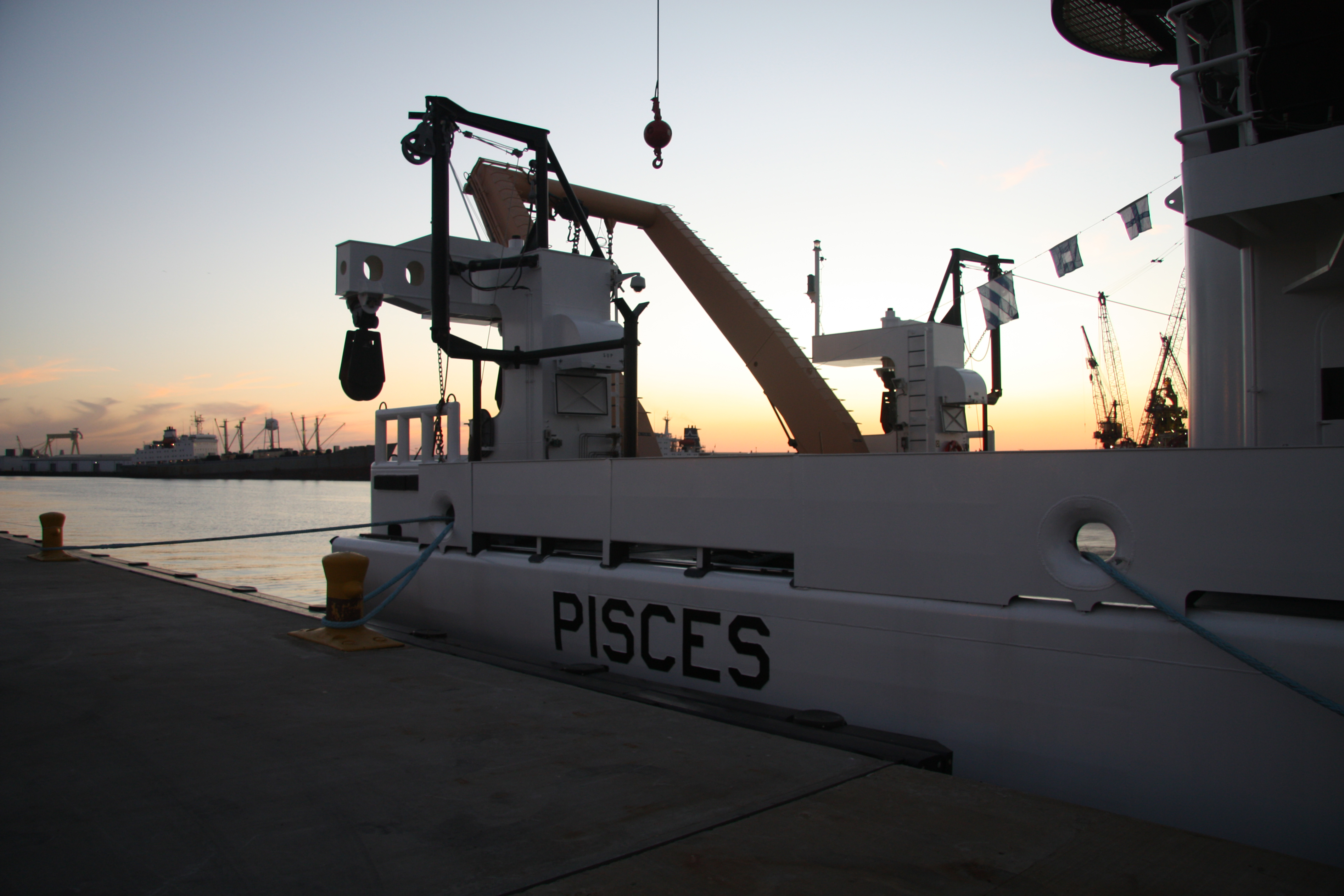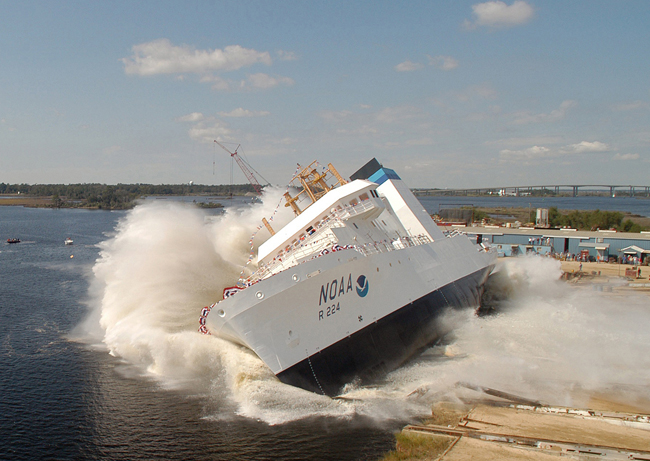
Everyday the engineers work on new projects and I’m excited to work with them again to potentially help with some of the ship’s systems or engines.Ĭurrently we’re anchored just off Annapolis, Maryland where we continue to send out the survey launches each day to collect more data.

With instruction I was able to eventually get the welding process down and help build a new section of railing. To create a makeshift railing, we cut three metal pieces of specific lengths, welded them to a short pole, and then welded the metal pieces onto the existing railing. On the starboard aft of the ship there was a gap between the railing and an emergency escape hatch that was large enough for someone to slip and fall through.

If a contact is measured greater than one meter in length, it’s flagged and later investigated through both side scan and multibeam sonar to potentially identify it as a hazard in the area.Īssisting in welding new railing for one of the survey launches. This collected data is eventually processed in the plot room and each line is inspected for unusual colorations or shadows, indicating objects that could potentially be a threat to safe navigation.
#Noaa vessel search by name how to#
I learned about the different software used to collect and display the data, which included how to start and stop the logging and how to select a new line for our coxswain to follow. The planned lines cover the targeted section and ensure that our side scan and multibeam cover the entire area as efficiently as possible, without wasting time and fuel. We simply follow the lines planned out for us by the survey techs. I’ve begun to accompany some of the hydrographers in charge and coxswains aboard the survey launches. Holding the stern frapping line, one of the lines that pulls in the davit hooks that connect to the launches, lifting them into or out of the water. The training included personnel on deck to manage the frapping lines, painter line, and both bow and stern lines, as well as the crew members of the boat hooking or releasing those lines. The next day involved line handling training for the two 28-foot launches. Part of their jobs include collecting and processing the data that is received. Inside the plot room is where the survey technicians plan out the courses for the ship and survey launches. The room that I have been spending most of my time in is the survey control center, also known as the plot room. I had a tour of the ship’s multiple levels, decks, and where some of the systems and sonar receivers are housed. My first day primarily consisted of tours and introductions to both people and technology. This data is then converted into three-dimensional images that can display varying levels of depth and can also identify potential underwater hazards in the area. The Thomas Jefferson acquires depth data through the use of multibeam echo sounders and side scan sonar, fitted to 28-foot survey launches on the ship. It’s only been one week so far on the NOAA Ship Thomas Jefferson but I’ve already learned so much about the technology, procedures, and people behind the hydrography. Natalie is standing survey watch, processing data, working on survey launches, and serving as an active member of the hydrographic survey team. Natalie Cook, a junior in the Ocean Engineering program, is spending eight weeks aboard NOAA Ship Thomas Jefferson, a 208-foot hydrographic survey vessel, experiencing all aspects of hydrography.

University of New Hampshire’s Center for Coastal and Ocean Mapping and NOAA are giving undergraduate students the opportunity to participate in seafloor mapping and associated exercises aboard a survey vessel this summer. National Hydrographic Survey Priorities.Sunsetting Traditional NOAA Paper Charts.


 0 kommentar(er)
0 kommentar(er)
